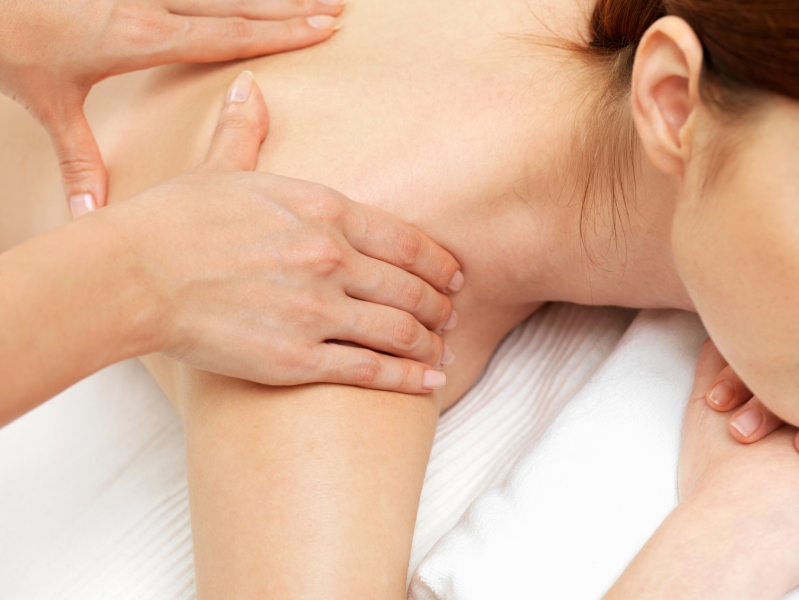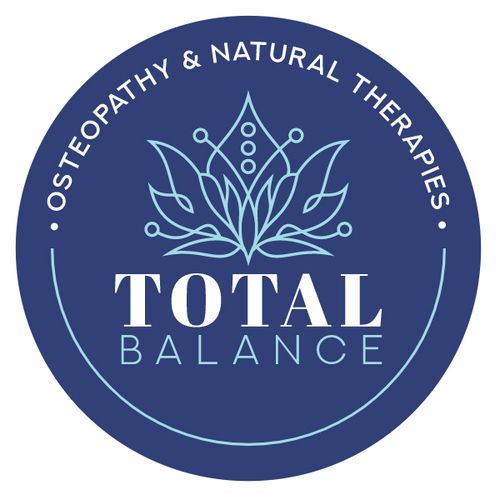
Myotherapy is an intriguing natural therapy that is not widely understood by the general public. What is myotherapy? What kinds of disorders does a myotherapist treat? What can you expect to receive from a myotherapy consultation? When you understand what myotherapy is and what a myotherapist does, you may find that it is worth looking into further.
What Is Myotherapy?
The term "myotherapy" is derived from a medical term, "myofascia". It is a combination of two Greek words, "myo" (muscles) and "fascia" (connective tissue). Myotherapy is the therapeutic process of relieving pain through the manipulation of muscles, ligaments and tendons. Myotherapists employ a variety of manual techniques in order to relieve pain.
What Can I Expect from a Myotherapy Consultation?
Your initial myotherapy consultation will consist of a series of assessments of your physical condition, starting with your personal assessment of the symptoms you are experiencing. Your musculoskeletal alignment, posture, range of movements and biomechanical structure will be examined and assessed. If your myotherapist feels she can be of assistance to you, she will explain her recommended procedures and then administer her first treatment. If she feels you need another form of therapy, she will refer you to the appropriate health care provider.
Myotherapists offer a wide range of treatment options, depending on their training and assessment of your needs. Myofascial techniques are classified as passive (you remain completely relaxed while the therapist performs a treatment) and active (you may be asked to provide resistance). Myotherapists employ a variety of treatments, depending upon their assessment of your condition. Some of these include:
- Massage: including soft tissue and deep tissue massage
- Stretching: Stretching exercises help increase blood flow and reduce tension
- Cupping: Cupping is a treatment that draws blood to an affected area using special suction cups
- Trigger point: Trigger points are areas of hyper-irritability in the soft tissue
- Dry needling: Dry Needling is similar to acupuncture but is not based on the Chinese meridian system
- Prescriptive exercise: The myotherapist will recommend remedial physical exercises
What Disorders Does a Myotherapist Treat?
Some of the disorders a myotherapists commonly addresses include:
- Fibromyalgia (pain in fibrous tissues, usually chronic)
- Neck and shoulder pain
- Headaches and migraines
- Sports injuries
- Poor posture
- Inflexibility
- Arthritic pain
- Stress-related pain
Originally, myotherapy was a term broadly used by a range of natural therapists trained in techniques such as chiropractic, the Feldenkrais Method, massage and other disciplines that involve tissue manipulation. Today, a myotherapist may be a Clinical Myotherapist who draws on a wide variety of modalities in order to help alleviate pain and improve quality of life. As part of your initial consultation, ask your myotherapist to specify which forms of treatment he specialises in, if any.
Find a myotherapist in your local area.
|
Do you have a natural health & wellness business? |









